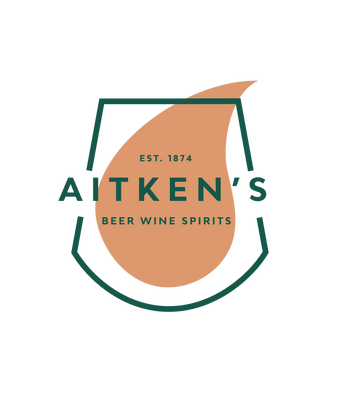Images are for illustrative purposes only and, unless clearly stated in the product title or description, labels and vintages may differ from those shown.
The “look” for Nostru is based on symbols of culture and life, taking the authentic Sicilian Majolica ceramics as our vision. The characters predicted on the bottles are truly original and impossible to forget. Lively and cheerful, these styles will stand out and capture the imagination of wine lovers.
What is a no-sulphur-added wine?
Sulphur Dioxide always occurs during the fermentation of a wine, but the point is that none is added additional sulphur in order to control microbiological reactions and oxidation. If absolutely meticulous care is taken throughout the vinification process, it is possible not to add any sulphur.
What does this achieve?
The resulting wine is in its purest possible form. Cortese Nostru Nero d’Avola No Added Sulphur has a unique and distinctive texture and shows the grape characteristics as completely wholesome and unadulterated, reflecting the winemakers wish to be as close to nature as possible.
Cortese Nostru Nero d’Avola No Added Sulphur is really something quite different. It has a unique mouth-feel, it is soft and well-rounded, with the purest of black fruits flavours coming through.
| Grape | Nero d'Avola |
| Style | Dry, Red, Medium Bodied, Rounded, Black Fruits |
| Country | Italy |
| Region | Sicily |
| Volume | 75cl |
| ABV | 14% |
| Dietary | Vegetarian, Vegan, Sustainable, Organic, Natural, Low Sulphur, |
About the region and producer
While Stefano and Marina Girelli are from Trento in the extreme north of Italy, it is the island of Sicily in the country’s deep south that has captured their hearts. Stefano realised many years ago that Sicily was generally underrated as quality wine producing region and that the potential for making premium wines was tremendous. Crucially, he also recognised that conditions for producing organic, low-intervention wines are perfect on the Sicilian island.
The previous owner of Azienda Agricola Cortese was the formidable matriarch lady Giovanna Cortese. It was some years ago that Giovanna first decided to sell the estate after she realised that she had reached an age when she couldn’t run it by herself, and it had become clear that no one in the family was going to take over. A true Sicilian, Giovanna is a tough negotiator and it took six years to reach a final agreement on the purchase of Cortese in 2016.
With a total vineyard area of 114,290 ha/282,296 acres, Sicily produced 6 million hl of wine in 2013, making it Italy’s second most important wine region after the Veneto. In terms of climate and geology Sicily is often, rightfully, considered a continent itself, running counter to its perceived image as a hot, arid island. Climates range from distinctly alpine on Mount Etna, where vineyards up to 1,000 m/3,280 ft elevation are no exception, to the subtropical on the island of pantelleria, which is closer to Tunisia than it is to the province of Trapani to which it administratively belongs. The island’s centre can be hot and dry, although at higher elevations there can be favourable diurnal temperature variability, while many regions are close enough to the coast to benefit from such constant winds that fungal diseases are a rarity except in the wettest of years. (source - jancisrobinson.com)
Vineyard and Wine Making
Grapes
The grapes are 100% Nero d’Avola from Azienda Agricola Cortese, the organic estate in Vittoria, south eastern Sicily. The grapes are very carefully selected by hand in the middle of September, brought to the winery in small containers and processed immediately.
Vinification
The prime aim when producing a NSA wine is to keep everything in the winery meticulously clean in order to avoid any possible microbiological growth, except for yeast for the primary fermentation and bacteria for the malolactic fermentation. Fermentation is done in the usual way and the pumping over is done in the early stages of the process. After fermentation, the wine is kept in contact with the skins for 3-4 days, with some pumping over performed in order to keep the cap wet. The wine is racked and then stored, with meticulous care not to allow any contact with oxygen.
Reviews
Net Orders Checkout
| Item | Price | Qty | Total | |
|---|---|---|---|---|
| Subtotal |
£0.00 |
|||
| Shipping | ||||
| Total | ||||

